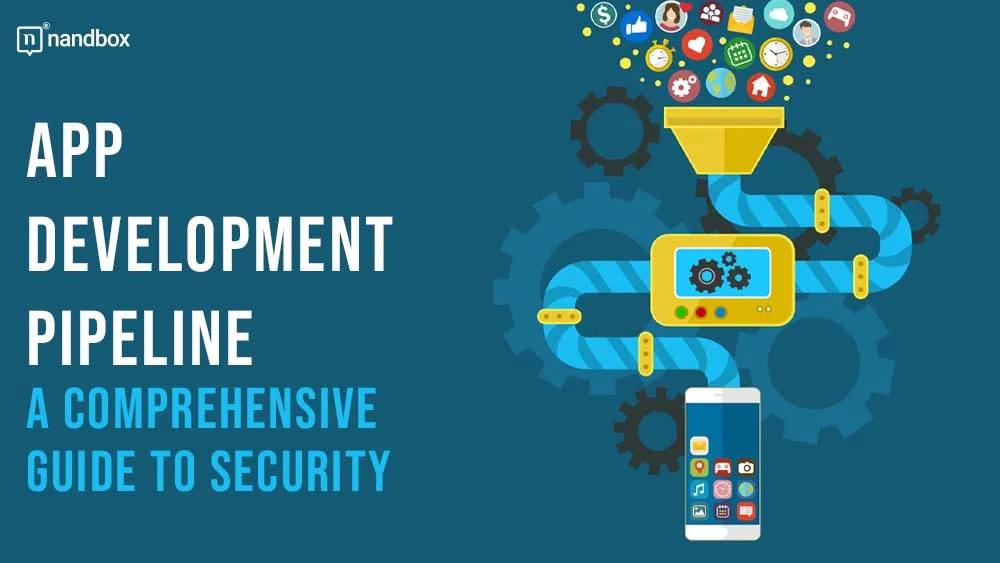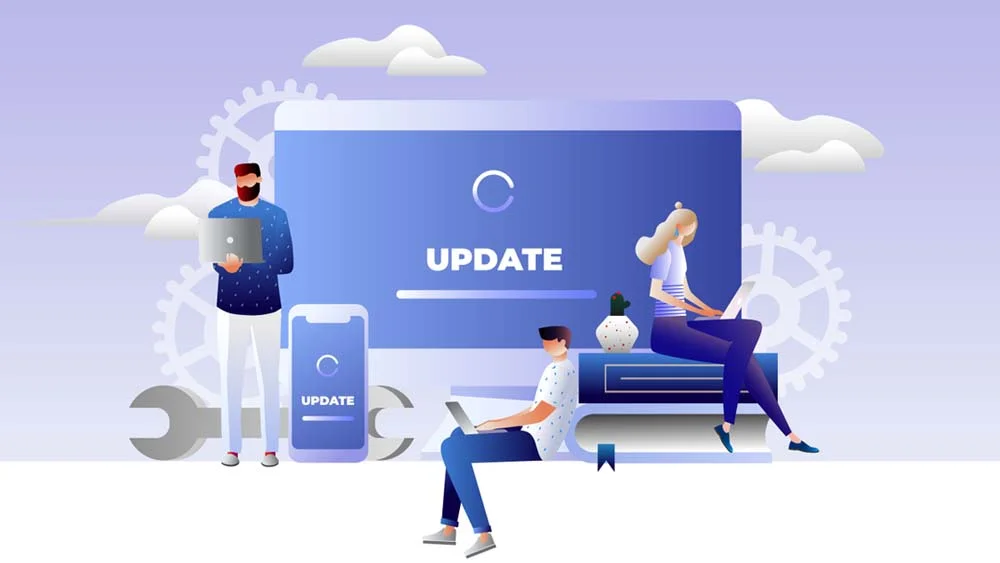Security in today’s fast-moving digital world with respect to your app development pipeline should be a top priority. This guide will help you through all the important steps to fortify your development process from the initial coding phase to the final deployment stage. Read on to learn more.
The Foundation: Understanding Your Development Pipeline
To effectively secure your app development pipeline, development teams essentially have two primary paths. The first involves leveraging Security as a Service solutions, often provided by managed security operations centers. This approach outsources security expertise and tools, allowing teams to focus on core development activities.
Alternatively, organizations can opt to build and manage their security system themselves. But before diving into the security measures (if this route is preferred), it’s crucial to grasp the entire software development lifecycle first. This process typically encompasses several key stages:
Planning and design
This initial stage involves conceptualizing the application and creating a detailed blueprint for its development. It includes defining project goals, identifying user requirements, creating wireframes or mockups, and outlining the overall architecture of the application.
Coding and development
During this phase, developers write the actual code for the application based on the plans and designs created earlier. This stage involves choosing appropriate programming languages, frameworks, and tools, as well as implementing features and functionality according to the project specifications.
Testing and quality assurance
Once the initial development is complete, the application undergoes rigorous testing to identify and fix bugs, ensure functionality, and verify that it meets the specified requirements. This phase may include various types of testing, such as unit testing, integration testing, user acceptance testing, and performance testing, to ensure the application is robust and reliable.
Deployment and release
After thorough testing, the application is prepared for deployment to the production environment. This stage involves configuring servers, setting up databases, and ensuring all necessary dependencies are in place. It also includes creating deployment scripts, managing version control, and potentially implementing a staged rollout strategy.
Maintenance and updates
Once the application is live, ongoing maintenance is crucial to keep it running smoothly and securely. This phase involves monitoring performance, addressing user feedback, fixing any newly discovered bugs, and releasing updates or patches as needed. It also includes planning and implementing new features or improvements based on user needs and market trends.
Each stage presents unique security challenges that must be addressed to create a robust, secure pipeline. Now, that leads us to the strategies you can implement to secure your app development pipeline. They’re listed below.
Version Control: The Bedrock of Secure Development
At the heart of any secure development process lies a solid version control system. Git repositories have become the industry standard, offering developers a way to track changes, collaborate effectively, and maintain code integrity.
Best practices for secure version control include:
• Implementing strict access controls
• Using signed commits to verify authorship
• Regularly backing up repositories
• Employing branch protection rules
By adhering to these practices, teams can significantly reduce the risk of unauthorized code changes and maintain a clear audit trail of the application development activities.
Continuous Integration: Automating Security Checks
Continuous Integration (CI) also plays a pivotal role in modern development pipelines, serving as a cornerstone for efficient and secure software creation. By automating the process of building and testing code changes, CI enables developers to identify and address issues early in the development cycle, significantly reducing the risk of major problems later on.
To bolster security within the CI process, several key practices can be implemented. For instance, integrating automated security scans into the build process allows for constant vigilance against potential vulnerabilities. Utilizing static analysis tools also provides an additional layer of scrutiny, helping to pinpoint possible security weaknesses in the code. On the other hand, implementing code signing ensures the integrity of builds, protecting against tampering and unauthorized modifications. Finally, setting up comprehensive automated testing helps catch both regressions and security flaws, ensuring that each iteration of the software maintains or improves upon the security standards of previous versions.
By incorporating these security-focused practices into the CI workflow, development teams can create a robust defense against potential threats while maintaining the agility and efficiency that CI provides.
Securing the Development Environment
Don’t forget that the security of your app starts with the development environment itself.
Consider these steps:
• Use encrypted communication channels for all development activities
• Implement strong authentication measures for developer accounts
• Regularly update and patch all development tools and libraries
• Employ virtual development environments to isolate projects
Note that the cost of the data breach reached USD$5.17 this year. That’s the last thing you’d want to occur in your app development pipeline. By securing the foundation of your development process, you create a strong first line of defense against potential threats.
Code Quality and Review
Code quality and review are important, too. High-quality code isn’t just about functionality—it’s a crucial aspect of security. To boost code quality, your team should adopt a set of consistent coding standards. Also, regular code reviews are invaluable for catching potential security flaws before they become issues.
For complex or security-critical features, consider pair programming to combine different perspectives and expertise.
Don’t forget to leverage static code analysis tools; they’re great for automatically flagging potential issues that human eyes might miss.
Testing
A robust testing strategy is one of your best defenses against security vulnerabilities as well.
Start with unit tests to verify individual components, then move on to integration tests to ensure secure interaction between modules.
But don’t stop there. Implement security-specific tests that target known vulnerability types.
Also, to really put your app through its paces, conduct penetration testing to simulate real-world attacks.
Note that automated testing tools can be a game-changer here, allowing for continuous security validation throughout development.
Continuous Deployment
As you approach production, the security of your deployment pipeline becomes critical.
Lock down access to production environments with strict controls. Also, consider using canary releases to safely test new features in the wild. Blue-green deployments can be a lifesaver, too, minimizing downtime and enabling quick rollbacks if issues arise.
Of course, wherever possible, automate your deployment process to reduce the risk of human error.
Mobile App Development
Note that mobile apps come with their own unique security challenges. For instance, you’ll need to implement secure data storage practices on devices and use certificate pinning to ward off man-in-the-middle attacks. Code obfuscation can make life difficult for anyone trying to reverse engineer your app, too.
And don’t forget to keep your SDKs and libraries up to date—it’s an easy way to patch known vulnerabilities.
Remember, both iOS and Android have their own security best practices, so make sure you’re following platform-specific guidelines.
Final Thoughts: Continuous Monitoring and Improvement
Security isn’t a set-it-and-forget-it deal—it requires ongoing attention. So, set up continuous monitoring of your production environment to catch issues as they arise. Also, regular security audits of your entire pipeline can reveal weak spots you might have missed. Stay on top of new security threats and vulnerabilities as well by keeping your ear to the ground. Perhaps most importantly, foster a culture of security awareness among your development team. When everyone’s thinking about security, your app just becomes that much safer.





